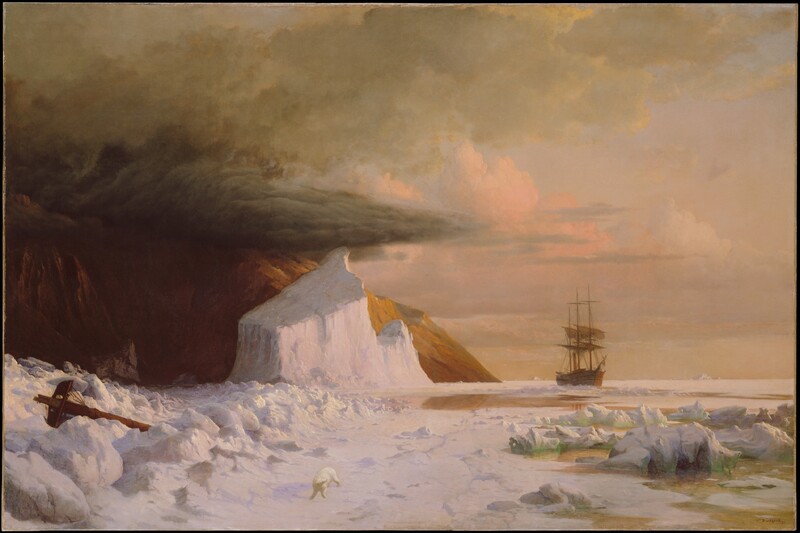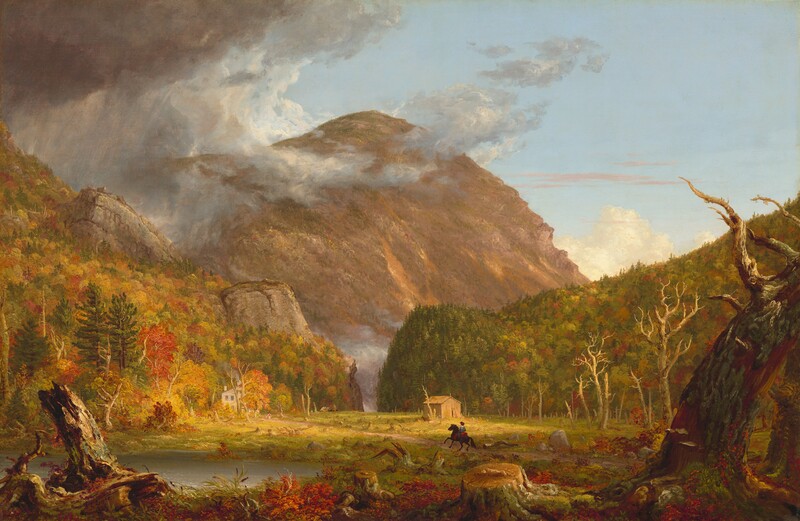Environmentalism and Romanticism
Modern environmentalism is a product of the Romanticism movement. The Romantics thought that science after the Industrial Revolution was the main cause of the major divide between humankind and the natural world. Industrialization had impacted the environment so drastically people demanded for change. Romanticism also caused the Western attitude to think of nature more as something sacred and uplifting rather than something degrading. This sparked the idea of needed preservation and eventually these ideas would lead to the formation of national parks. Romantics were capable of communicating the beauties of nature to others and also were able to see the environmental changes in their communities. The observations made by Romantics found support from scientific observations.
Aldo Leopold was a writer who helped bridge the gap between Romanticism and conservation. In his book A Sand County Almanac Leopold talks about the land ethic. This idea is about putting the environment at the front of community decision making. He conceptualized the healthy land and its relationship with humans. By doing this he added an ethical factor to conservation. This was not thought about before as seen with the damages of Industrialization. Leopold’s writings and his land ethic are still taught to this day and referenced in the scientific community. While never deemed a Romanticist, Leopold was writing about what many other Romanticists were thinking and trying to express through literature and art.
Many paintings showed the negative relations between humans and nature. The painting “An Arctic Summer: Boring Through the Pack in Melville Bay” by William Bradford is an example of this. The ship the Panther is in the distance and the crew aboard is trying to find the Northwest passage between the Atlantic and Pacific Oceans. There are also implications that the crew was trying to hunt the polar bear and the result is the polar bear running away from them. Deep in the snow there is also wreckage from a different ship showing that this land is not untouched or undisturbed. Another example is “A View of the Mountain Pass Called the Notch of the White Mountains (Crawford Notch)” by Thomas Cole. While this painting at first glance looks as if it is just a normal landscape painting, if inspected closer you can see that there are multiple tree stumps implying the clearing of the forest. The family with the house in this painting have cleared out a part of the forest to build their house and shed. While neither of these are inherently negative, they do show the effects humans have when moving towards unsettled land.
The Romantic view of nature was what later generations would call an ecological perspective. Ecology is a branch of biology which deals with the relations of living organisms to their surroundings. An emphasis on restoring man’s relationship with nature. The ecological movement states that industrial society is ecologically destructive. These are all the same opinions that the Romantics had. This is why it is easy to connect the ideas and show how the Romantics had influence on the ecological movement of today. They were able to spark these ideas that would later lead to important scientific theories and discoveries. Something human emotion and imagination can bring a different perspective to the scientific community and lead to ideas that would not have been possible without it.

